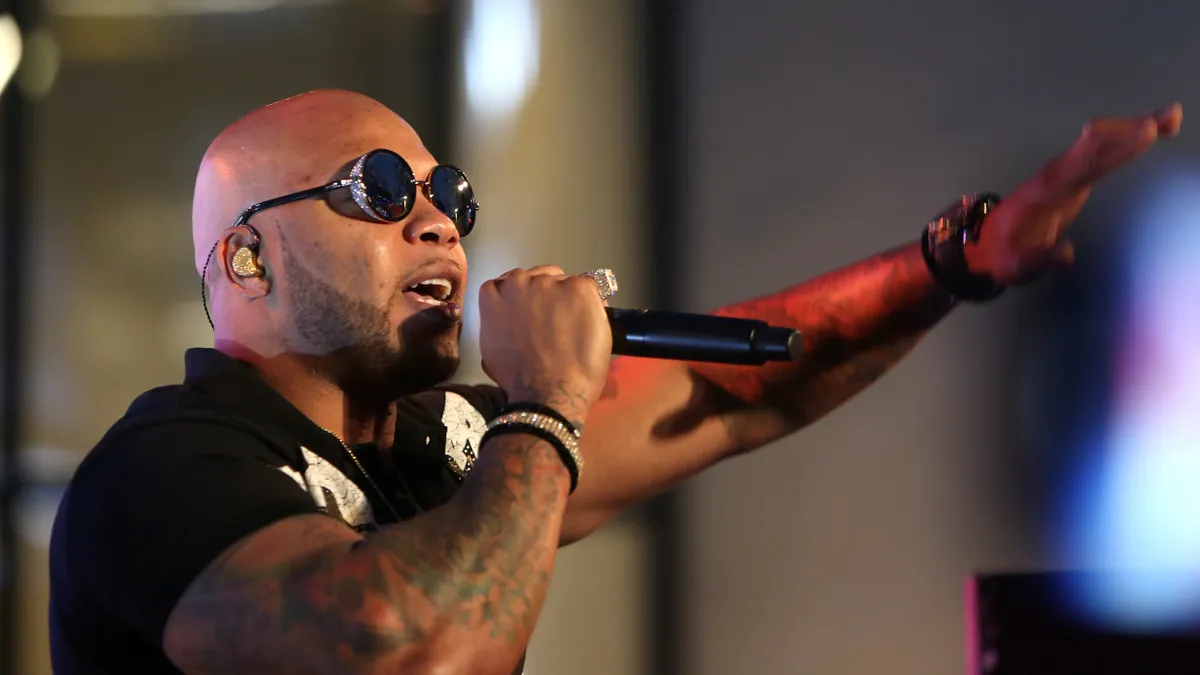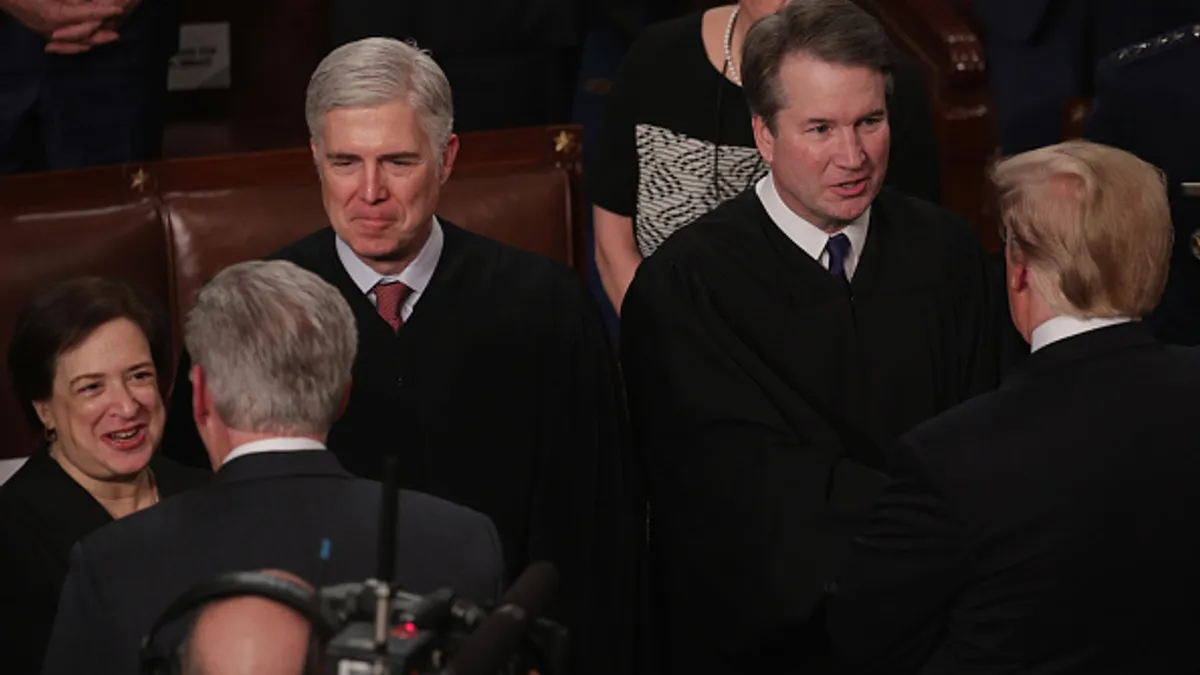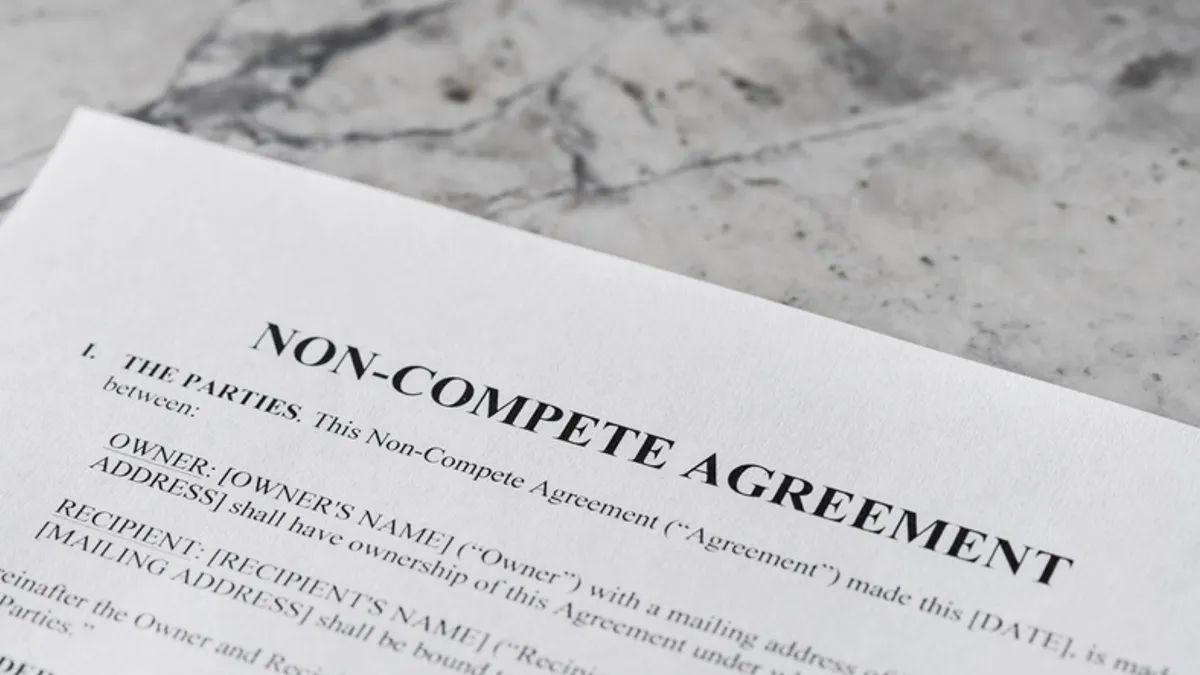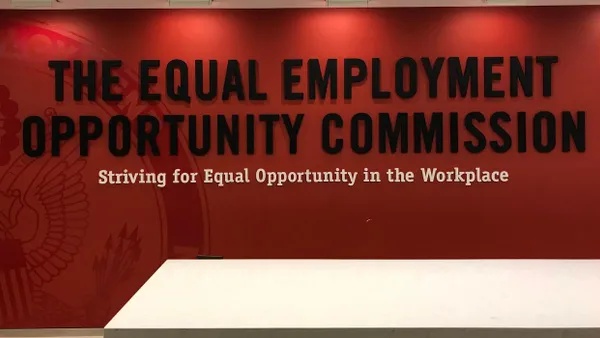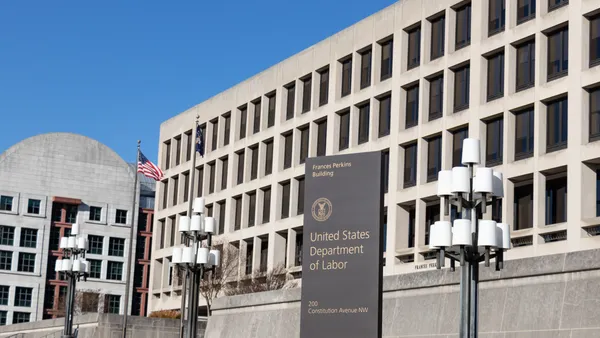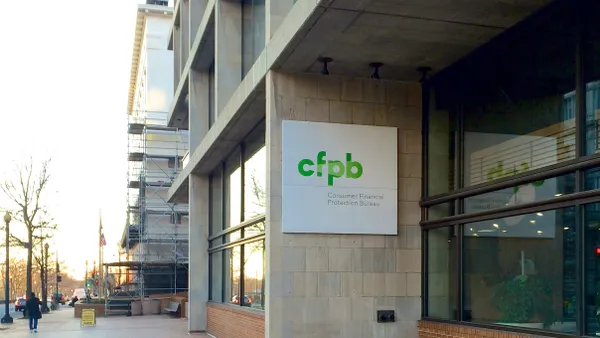Dive Brief:
- Infringers face liability going back years under a U.S. Supreme Court ruling that says copyright holders are entitled to damages for as long as their work is subject to unauthorized use, not just for a limited number of years prior to the filing of their claim.
- “There is no time limit on monetary recovery,” Associate Justice Elena Kagan said in her May 9 majority opinion in Warner Chappell Music v. Nealy. “So a copyright owner possessing a timely claim is entitled to damages for infringement, no matter when the infringement occurred.”
- The ruling makes it imperative that anyone using a work know with certainty they have rights to use it since the amount of damages they can accrue are potentially open ended. A “surge of copyright infringement lawsuits loom,” Zachary Al-Tabbaa, a trademark attorney with Hall Estill, said in the Hollywood Reporter.
Dive Insight:
The case involves a catalog of music owned by Sherman Nealy and a partner, Tony Butler.
After Nealy was imprisoned on a drug conviction in 1989, according to the decision, Butler licensed the catalog to Warner Chappell Music without letting Nealy know. Flo Rida was among the artists who capitalized on the music, applying a sample from one of the songs to “In the Ayer,” one of the biggest rap hits in 2008. Black Eyed Peas and Kid Sister also used music from the catalog.
Nealy says he discovered the unauthorized use after he was released from prison, years after the licensing deal. He sued in federal district court in Florida, which applied a three-year statute of limitations to the claim. The court, citing a 2014 Supreme Court decision, Petrella v. Metro-Goldwyn-Mayer, said he could collect damages for infringing use going back three years prior to the claim, putting the most valuable use of the catalog outside of his reach.
The court certified the case for interlocutory appeal to the 11th Circuit, which said the three-year statute of limitations, found in the Copyright Act, doesn’t apply to damages; it applies to the timing of the claim. As long as the claim is filed within three years of accrual, the claim for damages can go back to cover all the years of infringing activity. The three-year limit in Petrella was specific to the facts of that case.
In its decision, the Supreme Court affirmed the 11th Circuit, saying there’s nothing in the Copyright Act that says the three-year statute of limitations applies to the awarding of damages; it applies to the filing of the claim. That would allow Nealy to go back and seek damages for all the years of infringement.
“The Copyright Act contains no … time-based limit on monetary recovery,” Kagan said in the 6-3 majority opinion.
In his dissent, Associate Justice Neil Gorsuch said the court was effectively ruling on the wrong issue. Federal circuits have been split on when the statute of limitations for filing a claim begins, not on how far back damages can go.
The 2nd Circuit has said it begins when the infringing act occurs. This has been called the incident of injury rule, because it starts the clock at the time injury begins. The 9th and 11th circuits have used a different rule, called the discovery rule, in which the clock starts at the point the infringing act is discovered.
In Nealy’s case, Warner Chappell never challenged the timing of the claim; it accepted the plaintiff making the claim within three years of discovering the infringing use. For that reason, the question was limited to whether the three-year statute of limitations applies to the awarding of damages.
The court was right not to address the timing issue, Gorsuch said, because it wasn’t properly set up. But a more appropriate course of action would have been to dismiss the case on the grounds the hearing had been improvidently granted, and to wait until the split over the timing issue is brought to it.
Gorsuch says it’s likely the discovery rule won’t withstand scrutiny. “The Act almost certainly does not tolerate a discovery rule,” he said in his dissent, joined by associate justices Clarence Thomas and Samuel Alito. “And that fact promises soon enough to make anything we might say today about the rule’s operational details a dead letter.”
In the meantime, the ruling could give copyright holders an incentive to discover infringing activity later rather than sooner.
“This incentivizes parties not to be fully informed,” Paul Schoenhard, an intellectual property attorney with Fried Frank, said in the Hollywood Reporter. “Delay in bringing a lawsuit could permit accrual of additional damages beyond what otherwise might exist.”



